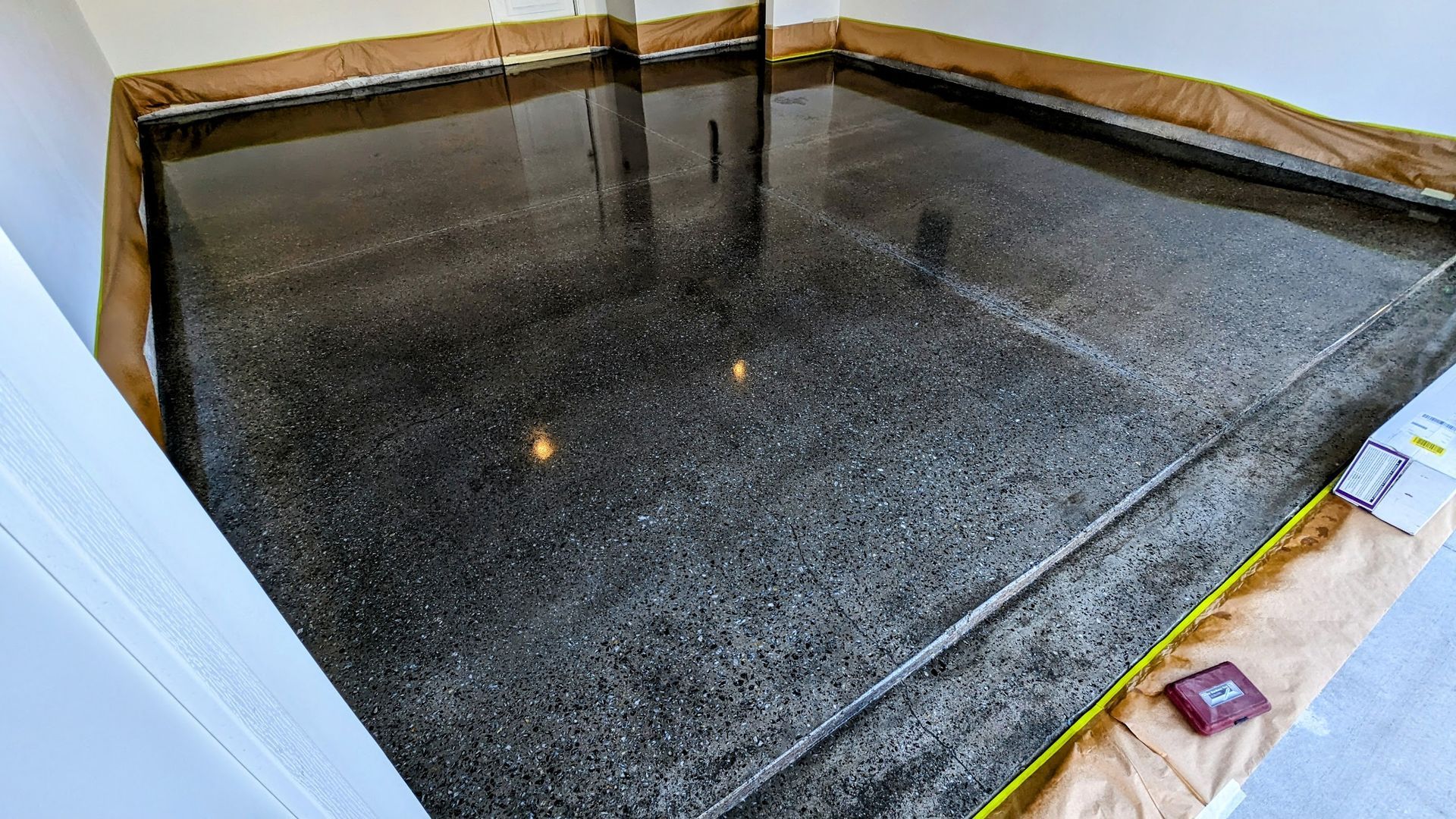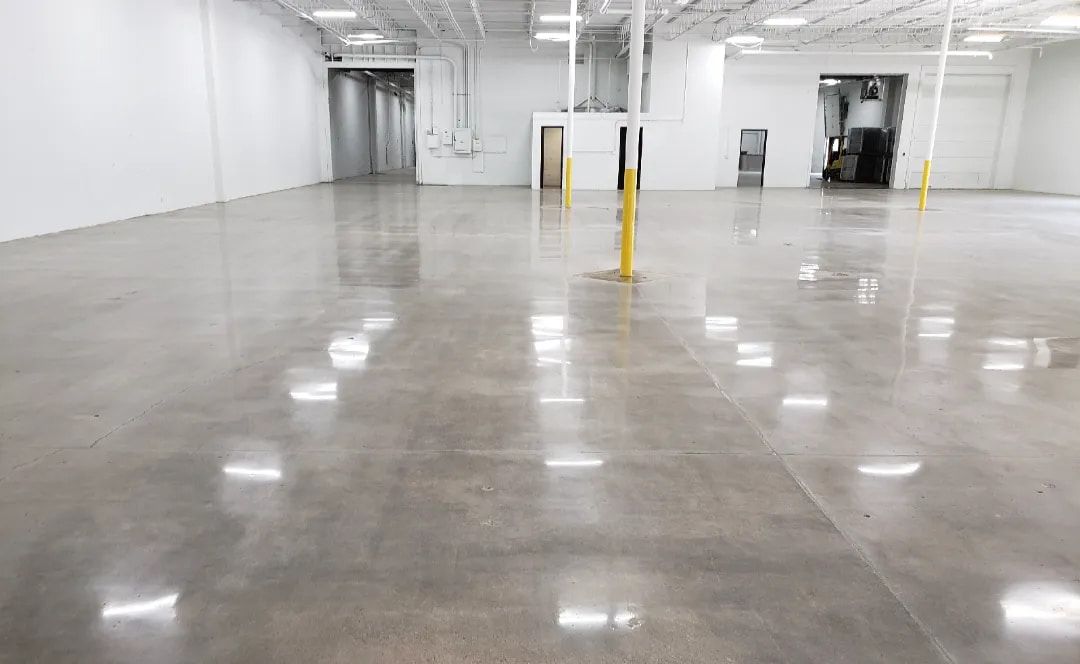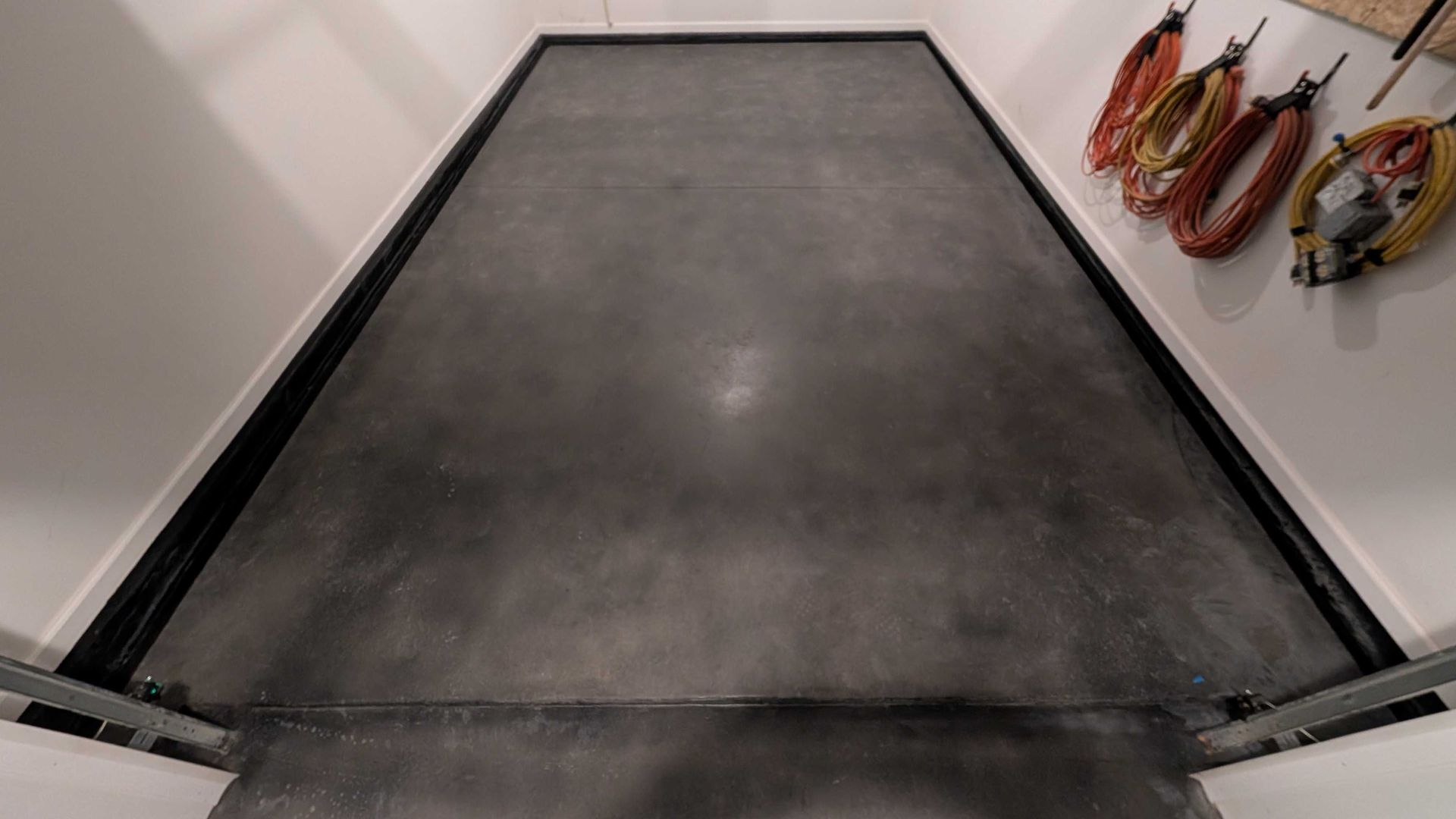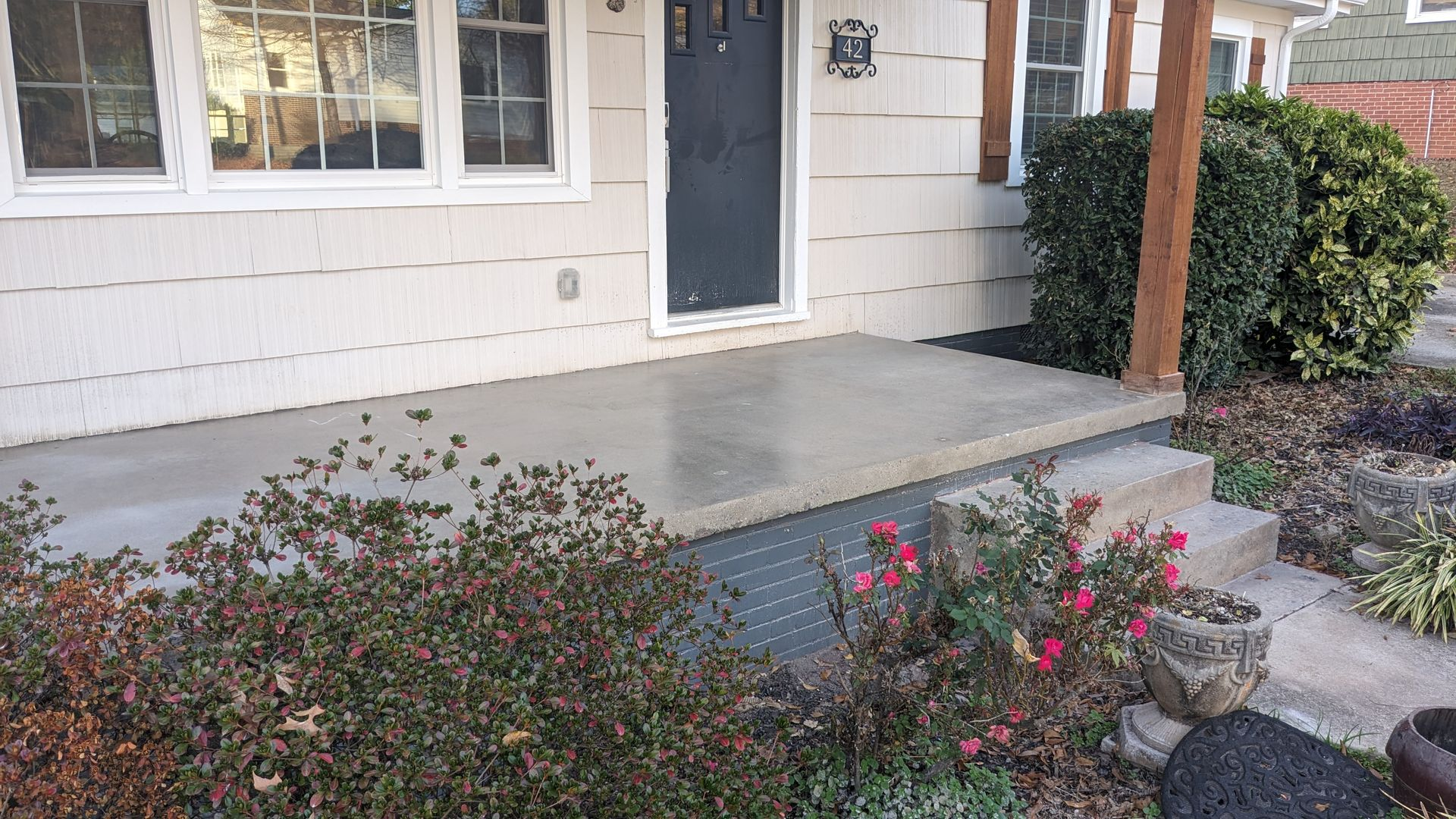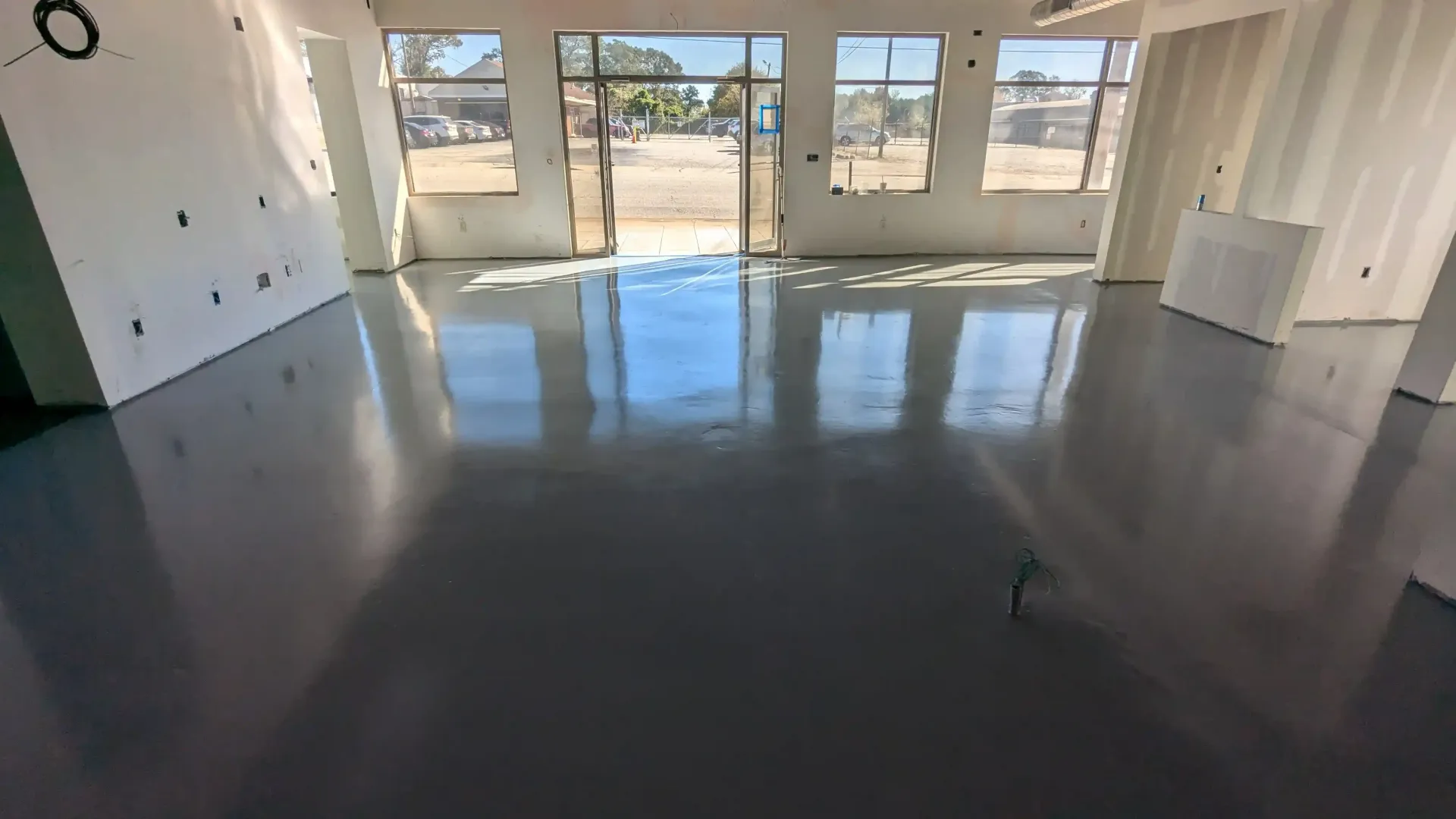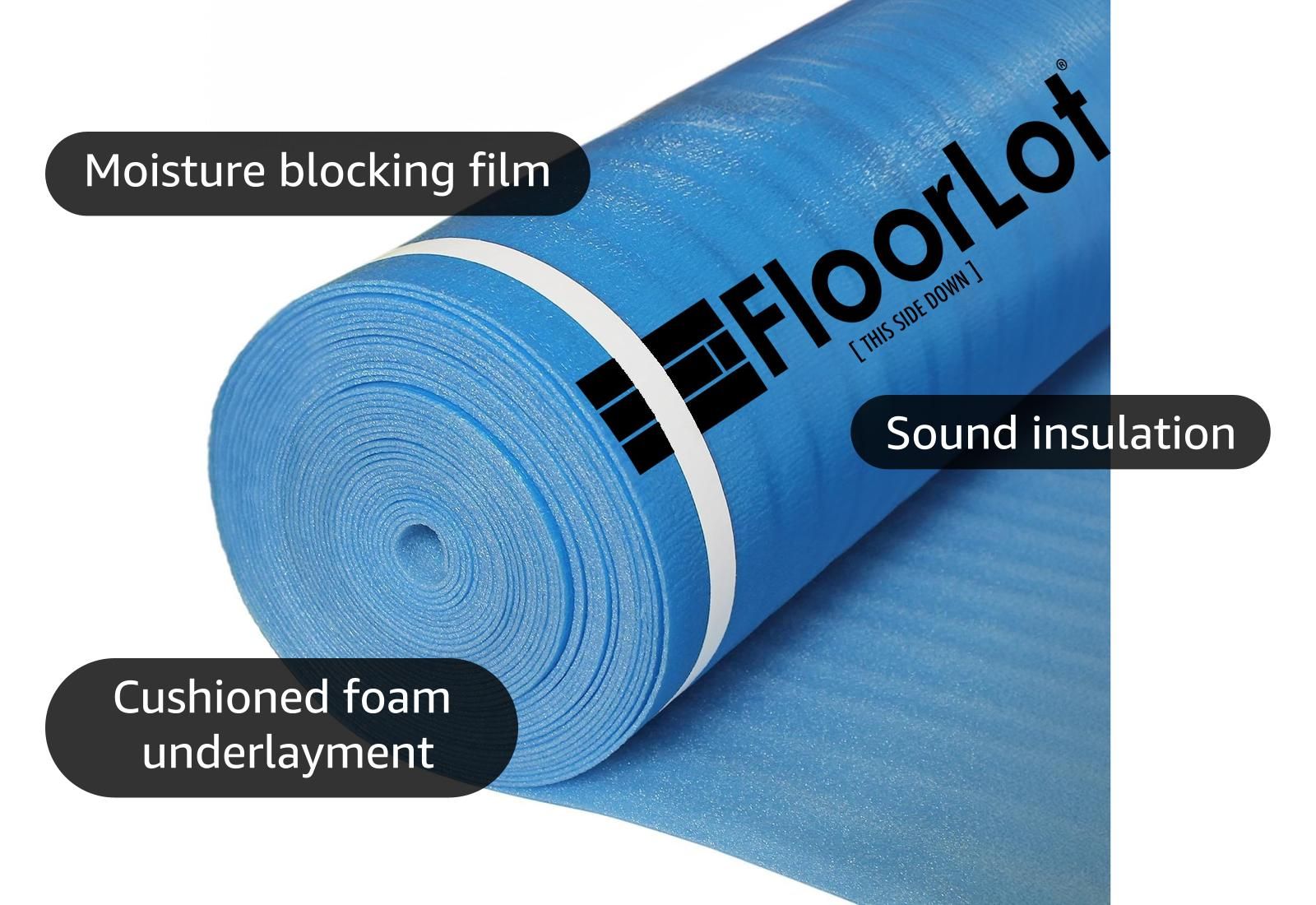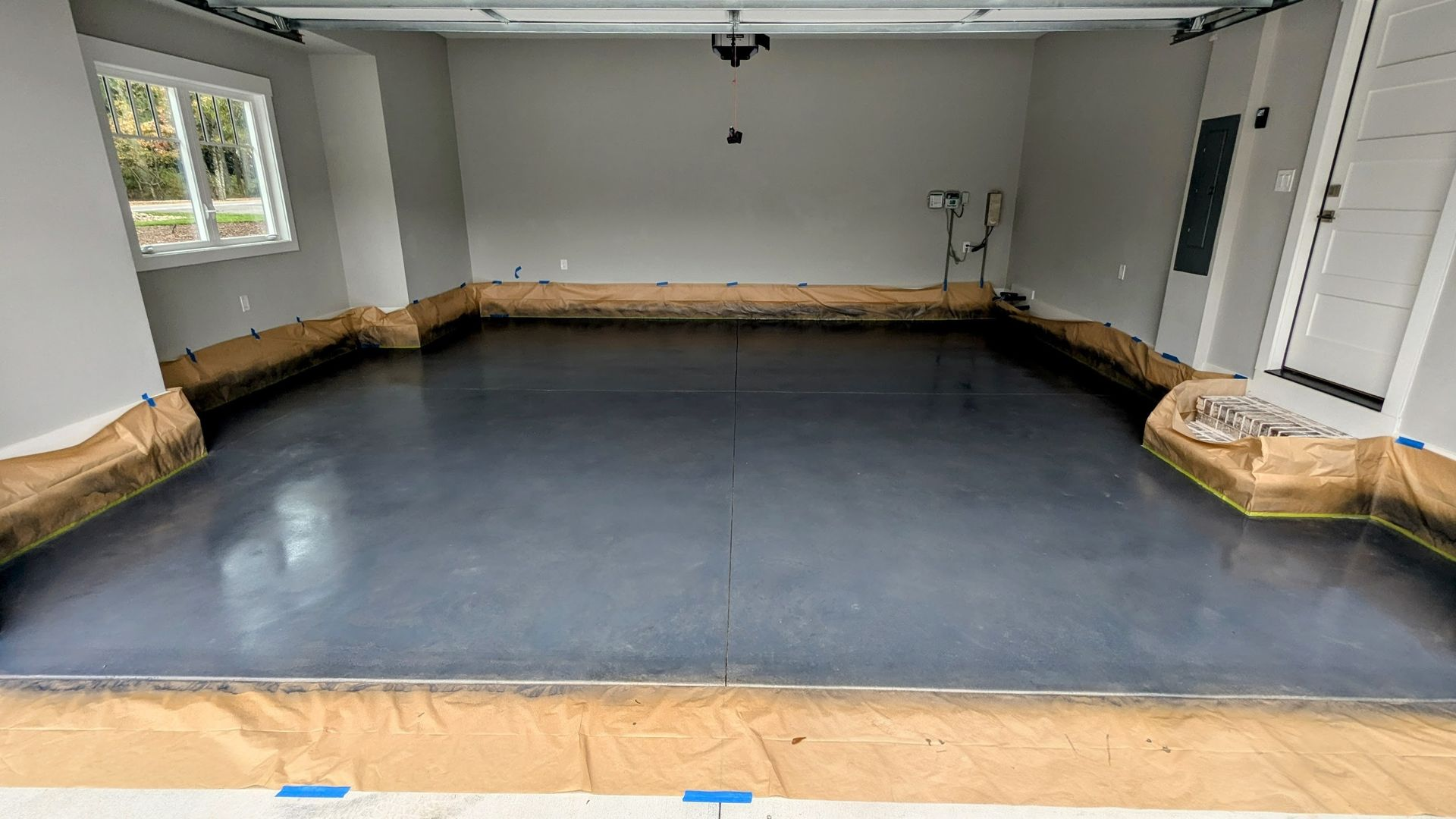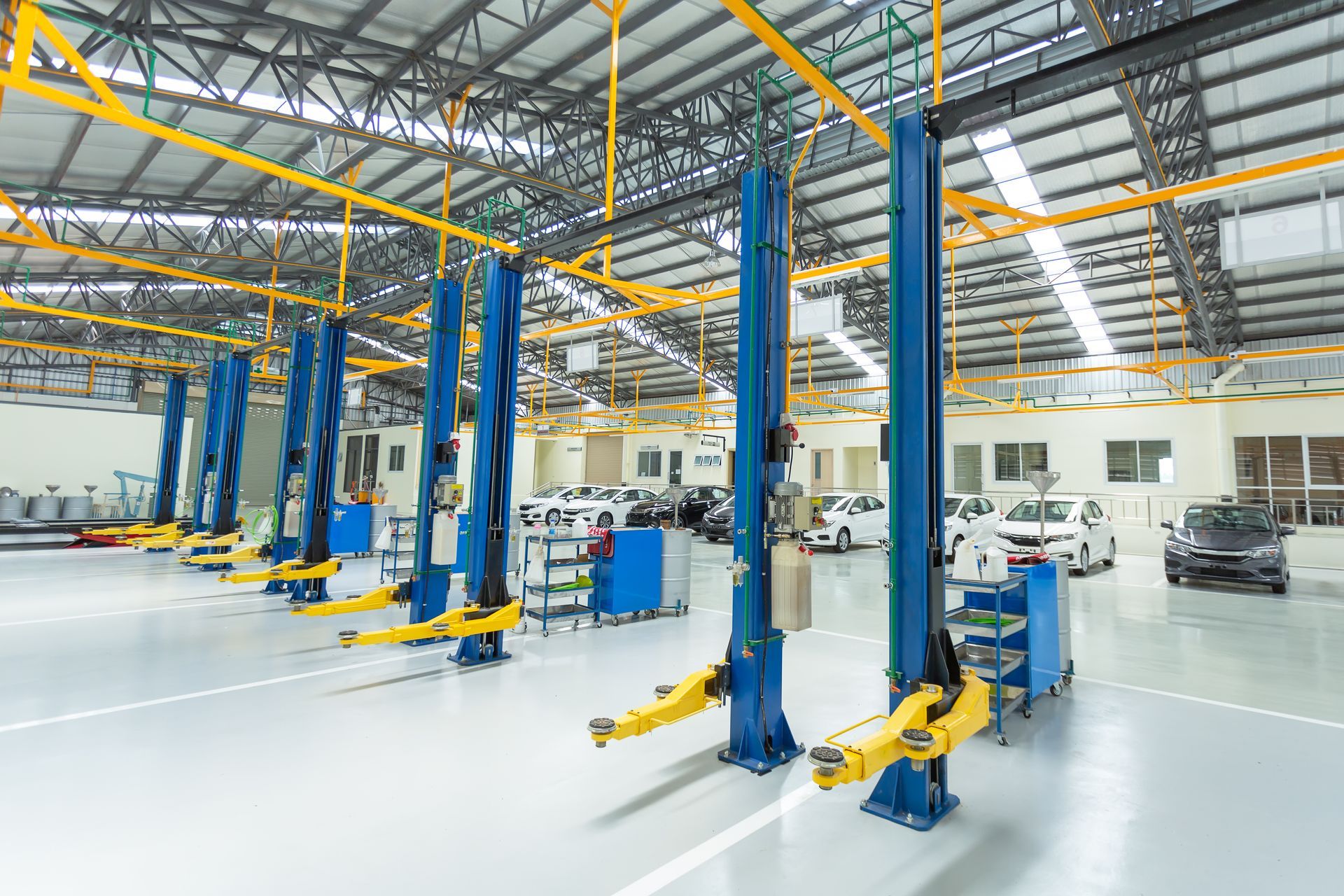Extend Floor Life with Professional Concrete Restoration
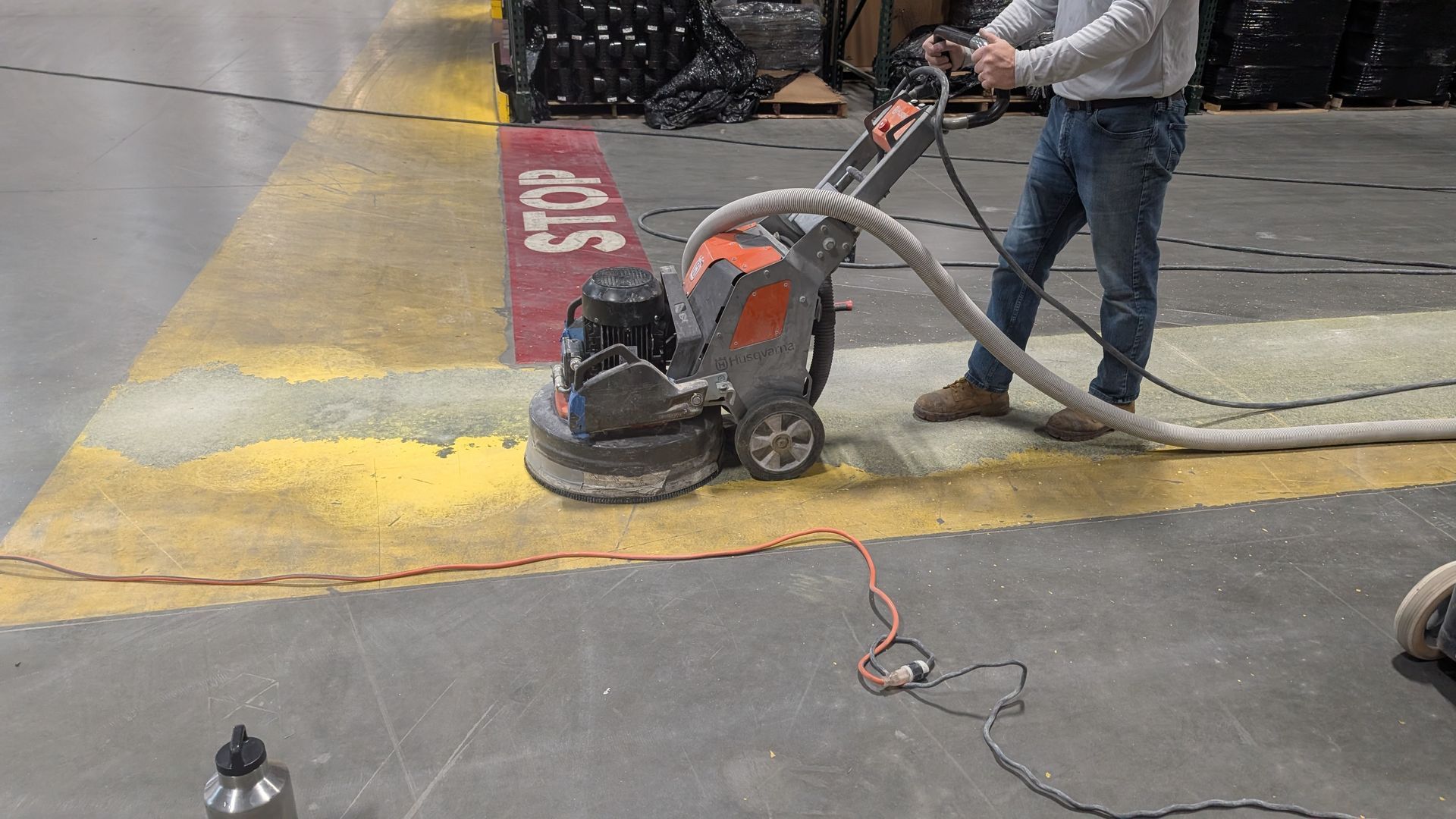
Worn-out concrete isn’t just ugly—it’s dangerous. Cracks, uneven spots, and surface damage create trip hazards and weaken the floor over time. If ignored, these problems get worse, leading to costly repairs, downtime, and even structural failure.
Professional concrete restoration repairs damage, smooths surfaces, and strengthens floors, adding years to their lifespan. Instead of a full replacement, restoration fixes the problem at a fraction of the cost, keeping businesses running with minimal disruption.
This article covers how concrete restoration saves money, improves safety, and extends the life of your floors. Whether you run a warehouse, retail space, or industrial facility, maintaining strong, reliable flooring is key. Read on to see why restoration is the smart choice.
What is Concrete Restoration?
Concrete restoration is the process of repairing, resurfacing, and sealing damaged concrete to restore its structural integrity and appearance. It includes filling cracks, patching spalled areas, leveling uneven surfaces, and applying protective coatings to prevent further deterioration. Restoration methods vary based on the extent of damage and may involve concrete overlays, epoxy coatings, or sealants to enhance durability.
This process helps extend the lifespan of concrete in residential, commercial, and industrial settings without the need for full replacement. It also improves resistance to moisture, chemicals, and heavy loads, reducing maintenance costs over time. By addressing surface wear and structural weaknesses, concrete restoration provides a cost-effective solution for maintaining functional and visually appealing concrete surfaces.
Why Concrete Floors Deteriorate
Concrete is known for its durability, but it’s not indestructible. Over time, various factors contribute to its deterioration, leading to cracks, surface wear, and structural weaknesses. Here’s what causes the damage:
1. Heavy Foot Traffic
In commercial spaces, thousands of footsteps every day take a toll on the surface. High-traffic areas, such as retail stores, office buildings, and restaurants, experience gradual erosion. The constant friction from shoes, especially those with hard soles, scuffs and weakens the protective layer of concrete, leading to dull, uneven surfaces.
2. Vehicle Loads
Garages, warehouses, and industrial spaces bear the weight of heavy machinery, trucks, and forklifts. Over time, repeated pressure from vehicles causes stress fractures, cracks, and pitting. Without proper reinforcement or sealing, the weight distribution leads to surface damage and structural instability.
3. Moisture Damage
Water is one of concrete’s biggest enemies. Whether it’s from spills, leaks, or humidity, moisture seeping into concrete can cause erosion, promote mold growth, and lead to freeze-thaw damage in colder climates. When water gets trapped inside, it expands and contracts, creating internal stress that leads to cracks and flaking.
4. Chemical Exposure
Concrete floors in industrial facilities, garages, and kitchens are exposed to harsh chemicals, oils, and acidic spills. Over time, these substances break down the concrete’s protective seal, leading to surface degradation, staining, and weakened structural integrity. Without routine maintenance, the damage spreads, making repairs more costly.
5. Temperature Changes
Concrete expands in hot weather and contracts in the cold. This natural movement causes stress fractures, leading to cracks that worsen with time. If left untreated, these cracks allow moisture and contaminants to seep in, accelerating deterioration.
Ignoring these issues only makes them worse. That’s where concrete restoration comes in—repairing cracks, resurfacing worn-out areas, and sealing against further damage to extend the life of your concrete floors.
Benefits of Professional Concrete Restoration
Over time, concrete floors develop cracks, stains, and surface wear that affect both their function and appearance. While replacement is an option, professional concrete restoration offers a more efficient and cost-effective solution. By addressing damage early, restoration can extend the life of your floors, improve safety, and enhance overall durability.
1. Saves Money
Tearing out and repouring concrete is expensive and time-consuming. Restoration costs significantly less and still delivers long-lasting results. Repairing surface damage and applying protective coatings help avoid costly replacements while maintaining structural integrity.
2. Extends the Life of Your Floor
Proper restoration doesn’t just fix the problem—it prevents future damage. Professional repairs, resurfacing, and sealing protect against wear, moisture infiltration, and chemical exposure, allowing the floor to last for decades.
3. Improves Safety
Cracks and uneven surfaces create tripping hazards, especially in high-traffic areas. Professional restoration ensures a smooth, level surface, reducing the risk of accidents in homes, businesses, and industrial spaces.
4. Enhances Appearance
Stained, cracked, or dull concrete makes any space look neglected. Restoration revitalizes the surface, providing a clean, polished look that enhances curb appeal and property value.
5. Increases Structural Integrity
Restoration techniques like crack repair, joint sealing, and resurfacing reinforce the concrete, improving its strength and resistance to heavy loads, temperature changes, and ongoing use.
Concrete Restoration Techniques
Over time, concrete surfaces develop cracks, stains, and uneven textures that can compromise both safety and appearance. Instead of tearing out and replacing concrete, restoration techniques provide cost-effective solutions to repair and strengthen floors. The right approach depends on the type and extent of damage, ensuring long-lasting durability.
1. Crack Repair
Cracks are more than just an eyesore—they’re a sign of structural weakness. Professionals use epoxy injections or polyurethane sealants to fill cracks, reinforcing the concrete and preventing further damage. This method stops water infiltration and strengthens the surface.
2. Resurfacing
If the surface is worn but the foundation is still solid, resurfacing is an ideal solution. A thin layer of concrete or a polymer overlay is applied to restore a smooth, even finish. This technique improves aesthetics and enhances resistance to future wear.
3. Polishing and Grinding
Concrete polishing involves grinding down the surface and applying sealers for a sleek, high-gloss finish. This method is commonly used in commercial spaces, warehouses, and garages, offering both durability and a modern, low-maintenance appearance.
4. Staining and Sealing
For a fresh new look, staining adds color and character to concrete floors, while sealants protect against moisture, chemicals, and abrasion. Staining is a popular choice for decorative concrete, enhancing the overall aesthetic while sealing extends its lifespan.
5. Joint and Expansion Repair
Joints in concrete allow for natural expansion and contraction, but over time, they can deteriorate, leading to shifting and cracking. Professional joint repair prevents floor movement, ensuring stability and long-term durability.
Signs You Need Concrete Restoration
Not sure if your concrete floor needs professional attention? Look out for these warning signs:
- Visible cracks, pitting, or surface flaking
- Uneven or sloping areas creating trip hazards
- Discoloration, stains, or fading
- Excessive dusting or chipping from the surface
- Water damage, mold growth, or efflorescence
- Difficulty cleaning due to rough or deteriorating surfaces
If you notice any of these issues, restoration can prevent further damage and extend the life of your concrete.
Choosing the Right Concrete Restoration Company
Not all concrete restoration services are the same. To ensure quality results, consider these factors when hiring a contractor:
- Experience: Look for companies with a strong track record in concrete repair and restoration.
- Reviews and References: Check online reviews and ask for examples of previous projects.
- Materials and Techniques: High-quality products and industry-best practices make a difference in durability.
- Warranty: A reputable company should stand behind their work with a clear warranty.
- Transparency: Avoid vague estimates—request a detailed quote outlining costs and the scope of work.
Choosing the right professionals ensures your floors receive the best care, saving you time and money in the long run.
Final Thoughts
Concrete restoration is a smart investment that extends the life of your floors, improves safety, and enhances appearance. Whether it’s a commercial space, warehouse, or residential property, professional restoration prevents costly replacements and keeps your concrete looking its best for years.
Instead of waiting for small issues to become major problems, take action now. A well-maintained concrete floor isn’t just about aesthetics—it’s about longevity and performance.
Zachary Daniel Concrete specializes in high-quality concrete restoration, ensuring durable and visually appealing results. If your concrete is showing signs of wear, don’t ignore it. Call in the professionals and give your floors the care they deserve.
